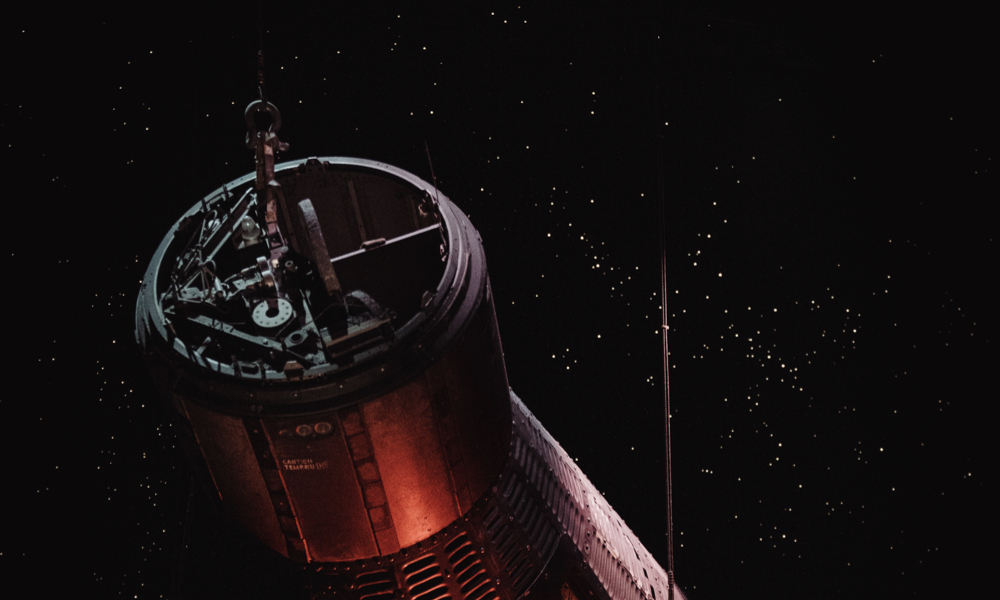
ESA Open Invitation To Tender AO8601
Open Date: 31/03/2016
Closing Date: 17/05/2016 13:00:00
Status: ISSUED
Reference Nr.: 15.197.24
Prog. Ref.: General Studies
Budget Ref.: E/0600-00 – General Studies
Special Prov.: BE+DK+FR+DE+IT+NL+ES+SE+CH+GB+HU+IE+AT+NO+FI+PT+GR+LU+CZ+RO+PL+CA+EE
Tender Type: C
Price Range: 50-100 KEURO
Products: Ground Segment / Mission Operations / Other
Techology Domains: Others
Establishment: ESAHQ
Directorate: Directorate of Technical & Quality Manag
Department: System, Software & Technology Department
Division: Future Prep. & Strategic Studies Off.
Contract Officer: O’Sullivan, Margaret
Industrial Policy Measure: N/A – Not apply
Last Update Date: 07/04/2016
Update Reason: Loaded a new Clarification (English version)
The objectives of the study are to investigate the feasibility of using very low thrust and delta levels to accurately navigate within the Sun-Earth L1, Sun-Earth L2, Earth-Moon system, using the Lisa Pathfinder transfer from L1 to the Saddle point as a target scenario. To this end it is expected that the study conductor: Develop tools and techniques for identifying/finding transfers that can be conducted with ultra low thrust capable spacecraft. • Develops techniques and tools to assess the feasibility of flying such transfers with a special focus on the transfer. Assesses and models in the tools the real-life capabilities and characteristic of the ground and space systems to be used in the transfer. Uses the tools to assess the feasibility of the Lisa Pathfinder L1 to Saddle Point Transfer. Generates top level requirements on ground systems that would be needed to fly such low thrust low delta V transfers with ESA systems. Identify uses for such transfer for current and future mission concepts. The capability to fly such low resource transfers are strongly limited by the frequency of ground station passes, the accuracy of the radiometric data from ground stations, the accuracy of the orbit determination and propagation, the frequency of the orbit determination and orbit correction cycle, and the accuracy of the delta-V correction. The study should consider spacecraft with: Mass in 200-2000kg range. Thrust authority in 0.1-10mN range • Thrust authority in fixed (i.e. sunward) or controllable direction • Total delta V in the order 1-10m/s • Mission duration of less than 2 years after libration point departure • Battery capability to support eclipse periods of up to 1hr. In large amplitude orbits in the Sun-Earth L1, Sun-Earth L2, Earth, Moon system Using ESA’s 15m and 35m ground stations with IFMS to characterise the Tracking, Telemetry and Control capabilities. Effects of ground system failures, such as a 24hr outage of ground station coverage, or a spacecraft safe mode requiring 48 hours to recover.
If you wish to access the documents related to the Invitation to Tender, you have to log in to the ESA Portal.
